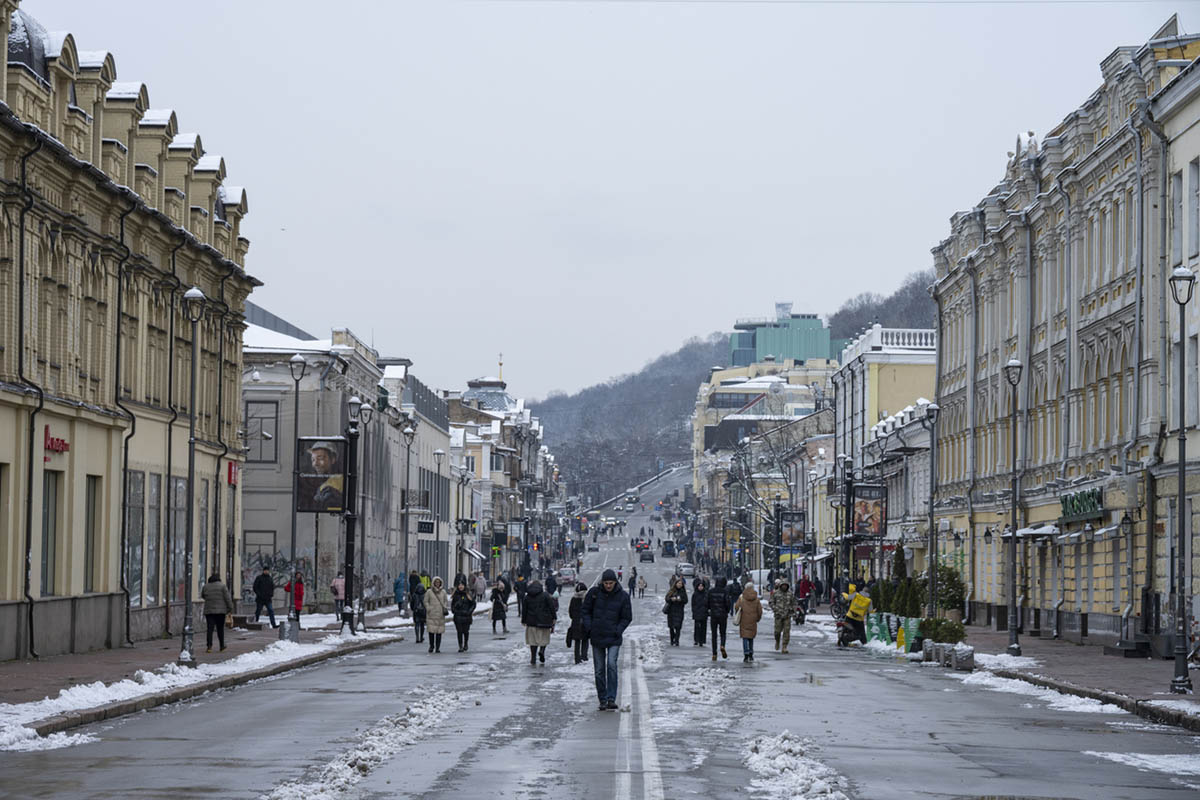Objective: We wished to study long-term psychiatric hospital utilization in a large sample of patients with schizophrenia and/or schizoaffective disorders who were treated with clozapine for up to 4.5 years, and to determine whether or not the reduction in hospital utilization we previously observed in smaller groups for up to 2.5 years was sustained with larger groups and in the longer term.
Method: Patients in Texas state hospitals who had schizophrenia and/or schizoaffective disorder took either clozapine or traditional antipsychotics for 1.5 to 4.5 years. The number of patients in the clozapine group ranged from 383 (1.5 years of treatment) to 29 (4.5 years). The group of patients who took traditional antipsychotics was made up of all patients (N=233) with similar diagnoses, symptom severity, and duration of illness present in Texas state hospitals on an index day.
Results: The clozapine group showed a rapid and continuing decrease in hospital bed-days compared with controls who took traditional antipsychotics. The number of clozapine-treated patients who required little or no hospitalization during successive 6-month periods became significant (p<.0001) within 1.5 years, and continued to increase. Conversely, the number of patients taking clozapine who required virtually continuous state hospitalization decreased markedly compared with those taking traditional antipsychotics.
Conclusion: Potential hospital cost savings are substantial, even though overall group results are diluted by clozapine nonresponders. Most treatment costs for clozapine nonresponders were related to hospital care; most or all of such costs would have been present in any event had these patients remained on traditional antipsychotic therapy. We believe a trial of clozapine therapy provides a low-cost opportunity for a highly effective and highly cost-saving outcome in those patients who will favorably respond to this therapy. We discuss clinical, social, and economic advantages of modern pharmaceutical treatments over traditional drugs.
Please sign in or purchase this PDF for $40.00.




